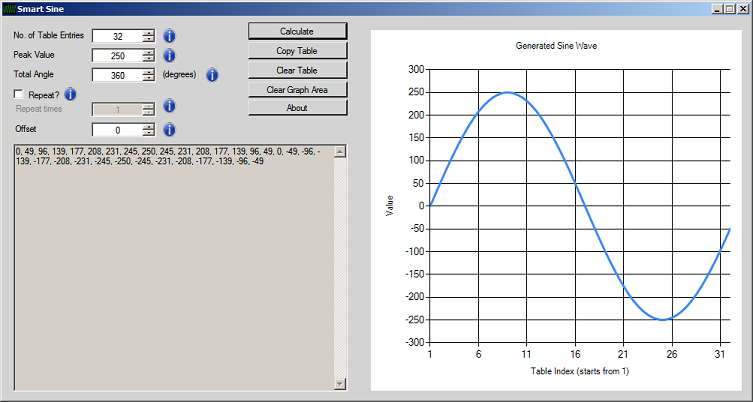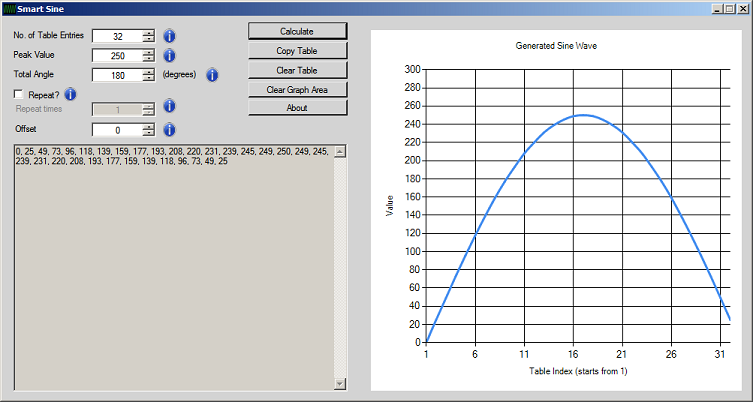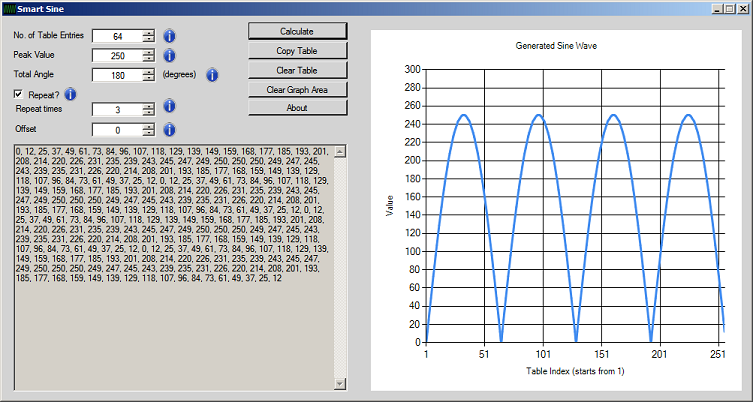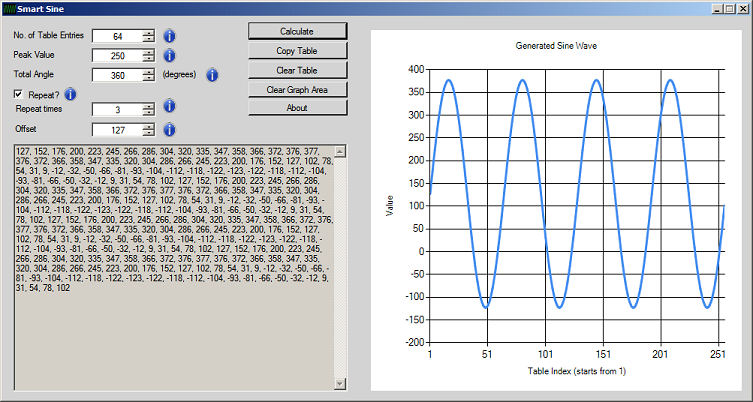Rockzinstruz
Junior Member level 2

Hi all...
If anybody have the sine wave 8-bit look table ..Please give post here.
Thanks
If anybody have the sine wave 8-bit look table ..Please give post here.
Thanks







